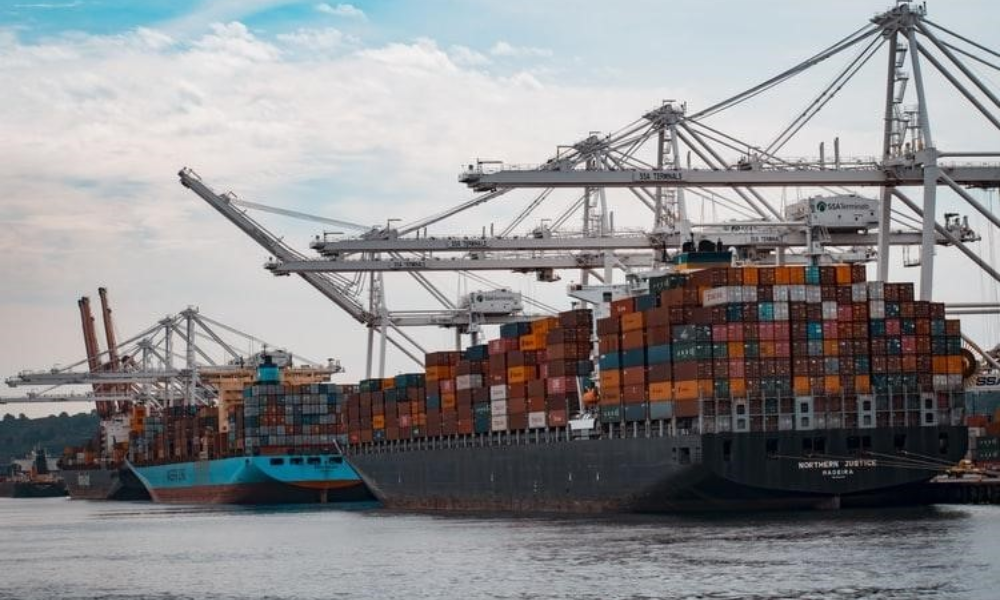If you work in the import and export sector or are looking for a way to send a cargo through maritime transport, then you already know how complicated the process can be, taking into account customs regulations, documentation and the preparation of machinery and merchandise to be moved.
Every aspect of this chain of tasks is important and a small mistake can cause all the merchandise to be damaged along the way. That is why it is crucial to understand the responsibility of correctly loading the product in the container.
Here we share some fundamental factors to ensure that the cargo remains in good condition during its journey and arrives without any deterioration at its destination.
1. Seal or seal of the container
The seal or seal of the containers are alphanumeric codes that help identify the container and what it transports inside, indicating that the merchandise must remain intact and cannot be manipulated. This device is usually placed in the rear area of the expandable container houses.
A mistake in the seal can cause difficulties in customs clearance and additional costs, either due to occupation of space in the terminal or extra time of use of the container.
For this reason, it is important to ensure that the seal number is correct in all the necessary documents and especially to check that it coincides in the Bill of Lading (B/L), being the document that evidences the transport contract between the shipper and the shipping company, and where the load is justified, the place of departure and port of destination.
2. Proper weight distribution
The weight of the cargo must be distributed evenly inside the container, trying to accommodate the merchandise in the entire area or, if there are empty spaces, cover them with filling material. The container being heavier at one end can cause problems when being transported.
Be sure to check the weight capacity that is usually found on the right door of each container, as well as consider your country’s regulations on the maximum weight allowed in land transport.
3. Capacity and use of space
In expandable container houses, apart from taking into account the weight as indicated in the previous point, you should also consider using all the space in the container to hold the merchandise well. This means covering from end to end, using padding if necessary, to secure the load during transport and constant movement. It verifies that the merchandise is evenly distributed throughout the length, width and height of the container, stacking the load consistently throughout the area.
4. The term of time to make the load
Certain factors must be considered before planning and scheduling the date and time of the load. First you must make sure you have the necessary machinery ready and the merchandise ready to load, being properly packed and palletized.
Later, in China, when the carrier arrives, they give 8 to 12 hours to load the container, which should be enough; Take into account that the driver only drives the truck.
If more time is required, additional costs per hour may be added. This is because, if the carrier does not arrive at the port on time, the expenses would rise due to the use of transport and the storage of the container overnight.
5. The appropriate packaging of the merchandise
It must be a priority to take care that the load is packed and palletized correctly; otherwise it may be damaged along the way. Take into account that the transfer of the merchandise will probably last days and face changes in temperature, humidity, sudden movements, among other circumstances; For this reason, it is recommended to pack with resistant materials appropriate to the type of product to provide the necessary protection.
Other factors to consider when palletizing and loading the merchandise into the container are the following:
- If you have different types of merchandise, avoid placing the heavy load on top of the light one, considering the weight, size and type of product.
- It is important not to position wet products on top of dry cargo to prevent possible damage.
- Check that the packaging is firm and secure, tying the load inside the container if necessary.
- As a basic rule, direct pressure should not be placed on container doors. You can use some tool or fence as interference.









